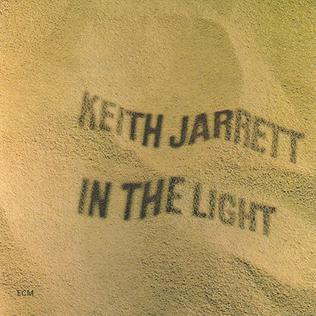Keith Jarrett Fort Yawuh

Find album reviews, stream songs, credits and award information for Fort Yawuh - Keith Jarrett on AllMusic - 1973 - On Fort Yawuh, Keith Jarrett is joined by Dewey.
On Fort Yawuh, Keith Jarrett is joined by Dewey Redman (tenor sax), Charlie Haden (bass), Paul Motian (drums), and Danny Johnson (percussion) to produce this set recorded live at the legendary Village Vanguard in New York City on February 24, 1973. About two minutes into 'Fort Yawuh,' Jarrett prepares the listener for a piano solo by announcing himself with quick and sharp keyboard jabs that evolve into spared and beautiful crescendos that before too long involve the soulful wails of Redman on the sax. The following song, 'De Drums,' is the one track that really swings on this album. Another long one, at 12 minutes in length, 'De Drums' is much more focused on a steady and consistent rhythm that is established immediately by a smooth five-note bassline accented by the piano and shakers. Although describable as smooth and cool, this song has a palpable energy perhaps due to the construction of the bassline whose pauses give an enjoyable sense of suspense.
Youtube Keith Jarrett Fort Yawuh

Keith Jarrett

A little more than five minutes into this song there is a thematic shift that speeds up the tempo and makes this title swing even more while involving Redman's sax and Motian's drum kit. Half past the eight-minute mark the tempo settles back down to its original drawl, and the song finishes with a lazy bop that makes this the standout track on the album. Fans of Jarrett's avant-garde liberalism will find 'De Drums' to be the track most unlike the other four selections on this album.
'Still Life, Still Life' is more like a ballad in that it's very slow, but it still maintains the structural freedom featured in the 'Fort Yawuh,' '(If the) Mysfits (Wear It),' and 'Roads Traveled, Roads Veiled.' Qa'id Jacobs. More than 50 years after its inception, Impulse! Remains a revolutionary label in the jazz world. Known as 'the house built by Coltrane' (the saxophonist would record all of his releases there until his death in 1967), the daring New York label gives an exciting panorama of the free scene (Archie Shepp, Pharoah Sanders) and is as much place of expression for rising stars (Keith Jarrett, McCoy Tyner, Ahmad Jamal) as it is a liberating environment for giants of the genre (Duke Ellington, Count Basie, Johnny Hodges, Sonny Rollins).